Maximus VII Hero: Your 2014 ROG Upgrade!
Last year's Hero saw it smash onto the PC gamer and enthusiast builder scene, as easily the most popular ROG board to date! It goes without saying then that 2014's Maximus VII Hero would have a lot to live up to, so thankfully, it's had a huge upgrade and a big splash of cool design. Have a look at this:
The sharp aesthetic design is drawn throughout its creation; from painted, matt black PCB through to heatsink, through to (optionally) illuminated Z97 heatsink. The keen eyed will also notice no more white clips as the whole board is now totally red/black!
The Hero supports all current Intel 4th Generation (Haswell, Haswell-refresh) and future 5th Generation (Broadwell) CPUs on LGA1150. The Extreme Engine DIGI+ III hardware includes 8+2 phase power, NexFET™ Power Block MOSFET, 60A Ferrite Chokes and 10K Black Metallic Capacitors to make overclocking a cinch.
On the memory front there's support for four DDR3 DIMMS up to and beyond 3,200MHz, depending on what kit you choose to pair it with.
[gallery include="" size="medium" link="file" template="file-gallery" columns="2"]
Within its price-range it's also the only board with rear bracing/heatspreaders for the VRMs too:

While top-side, the heatsink has a nickel-plated heatpipe cunningly snuck deep into its design to improve cooling:
The rear IO features two USB 2.0 ports, four USB 3.0 ports, combination PS2 keyboard and mouse, HDMI out, DVI out, dsub out, USB BIOS Flashback, RJ45 Intel I218V Gigabit Ethernet port with LANGuard (and GameFirst III), S/PDIF out and 6x 3.5mm audio jacks from the SupremeFX 2014.
In the box there's also a metallic black Q-shield to cover the rear IO:
[gallery include="" size="medium" link="file" template="file-gallery" columns="2"]
On the audio front, it packs SupremeFX 2014. This includes ROG technologies like SupremeFX Shielding over the sound codec, ELNA premium audio capacitors, ELNA premium audio capacitors, DTS Connect, and ROG exclusive enhancements such as Sonic SoundStage, Sonic SenseAmp, Sonic Studio and Sonic Radar II.
The PCI-Express layout is aimed at (most common) 2-way SLI and CrossFire users with its two, red PCI-Express x16 slots providing 1x16 or 2x8 from the CPU. If you're using more GPUs, wait for our Computex announcements!
Three open-ended PCI-Express x1 slots, a PCI-Express x16 (x4 electrically) and the M.2 (PCI-E x2) slot are all connected to the Z97 PCH. Note that due to the limitation in number of available Z97 PCI-Express lanes, these PCI-Express lanes are shared. The default setting is Auto Mode, which automatically assigns the PCI-Express lanes, meaning if you install a PCI-Express x4 device into the bottom slot, the system will automatically detect and disable the x1 slots and M.2 slot.
The M.2 port support PCI-Express x2 devices up to 2280 (80mm long), giving the latest 10Gbps extreme performance. Since it's PCI-Express based it does not eat up one of the eight SATA III ports when used, giving you the maximum storage potential and best performance, all the time.
Onboard buttons include the usual power, rest, Clear CMOS, MemOK! tester and new Sonic SoundStage switcher and KeyBot on/off.
[gallery include="" size="medium" link="file" template="file-gallery" columns="2"]
Flip the board over, and you can find the KeyBot hardware IC too:
On the bundled software disc you'll get these to use with your new build:
- ROG GameFirst III
- ROG RAMDisk
- ROG CPU-Z
- ROG Mem TweakIt
- Kaspersky® Anti-Virus
- DAEMON Tools Pro Standard
- ASUS WebStorage
- Home Cloud
- ASUS Utilities
Author
Popular Posts
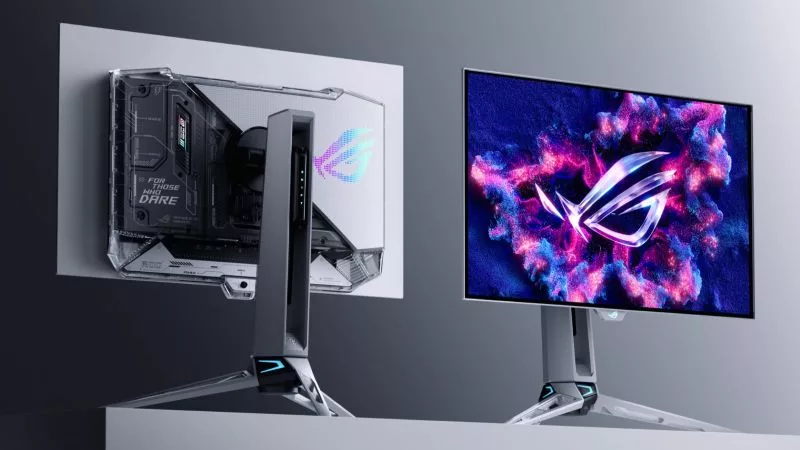
Prepare for Tandem OLED splendor with these new ROG gaming monitors

How to adjust your laptop's P-Cores and E-Cores for better performance and battery life
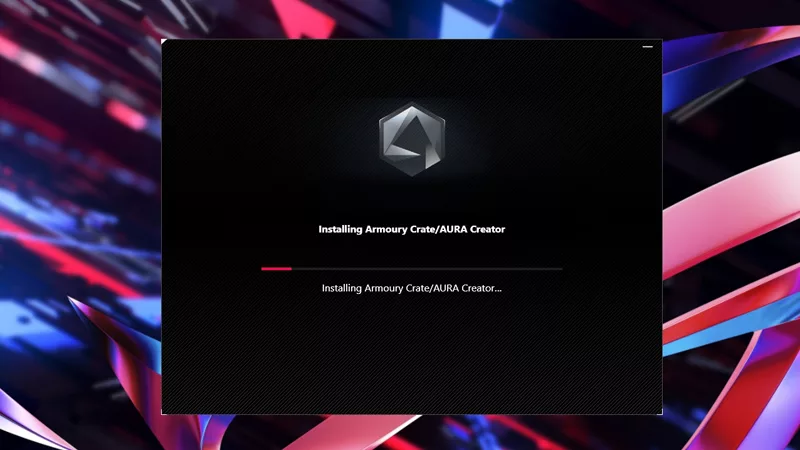
How to Cleanly Uninstall and Reinstall Armoury Crate
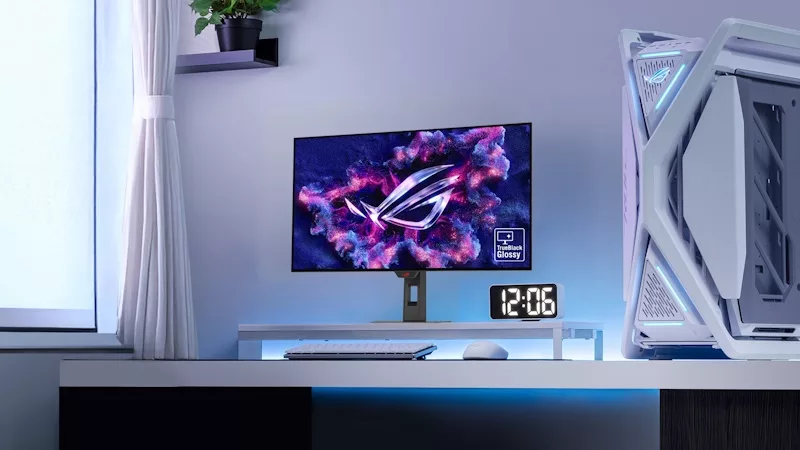
32-inch glossy WOLED panels debut in the ROG Strix OLED XG32UCWMG and XG32UCWG gaming monitors
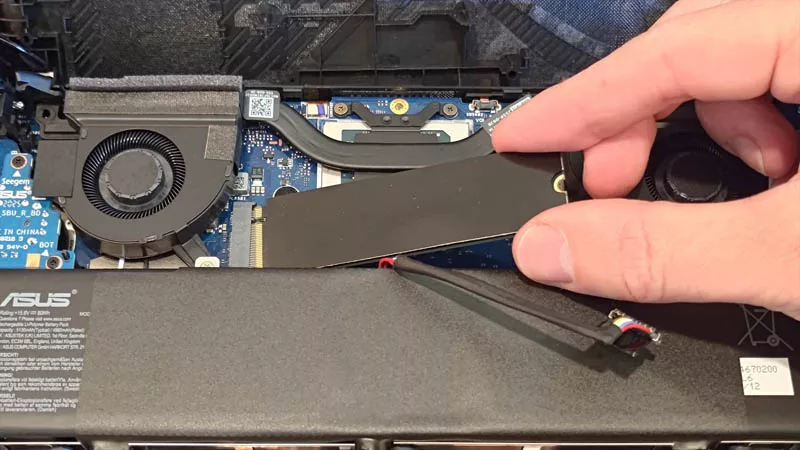
How to upgrade the SSD and reinstall Windows on your ROG Ally, ROG Xbox Ally, or ROG Xbox Ally X
LATEST ARTICLES
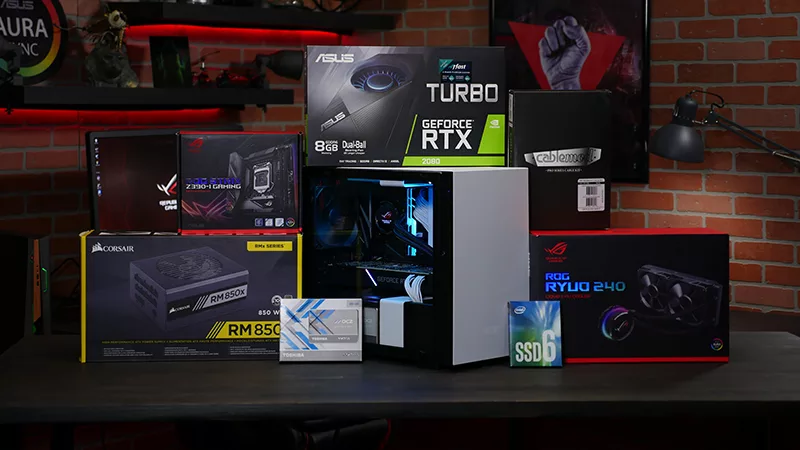
The ROG Strix Z390-I anchors a small yet mighty build
The ROG Strix Z390-I pairs perfectly with the Turbo GeForce RTX 2080 for a pint-sized powerhouse build.
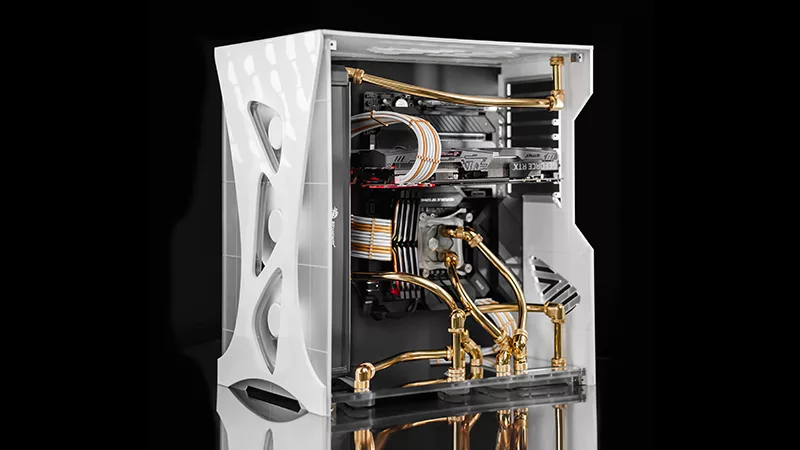
An inside look at Ben Q’s brass-filled Blanco build
Ben Q's brass-filled Blanco build fuses a custom case and cooling hardware with ROG components for a one-of-a-kind PC.
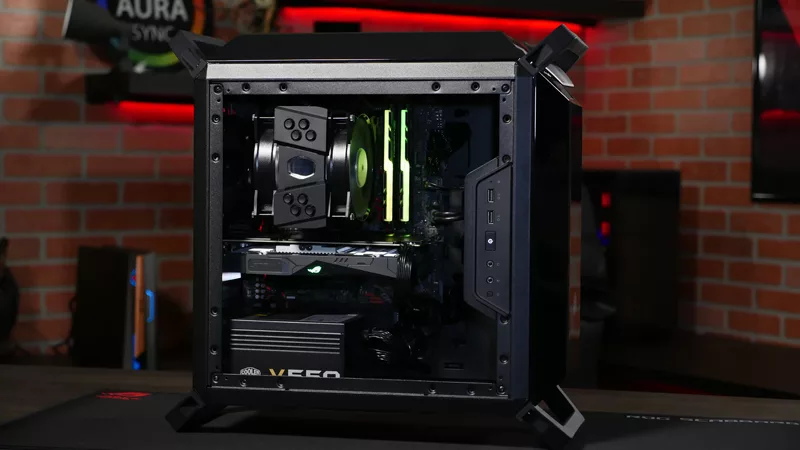
The ROG Strix B360-G Gaming tethers a capable and ominous budget PC
The ROG Strix B360-G Gaming drives our elegant new budget gaming system.

Building a Republic: inside one superfan's shrine to ROG
Vinh Loc spent months building a dream gaming room with custom RGB lights, two ROG PCs, a Zephyrus laptop, and even some ROG throw pillows.
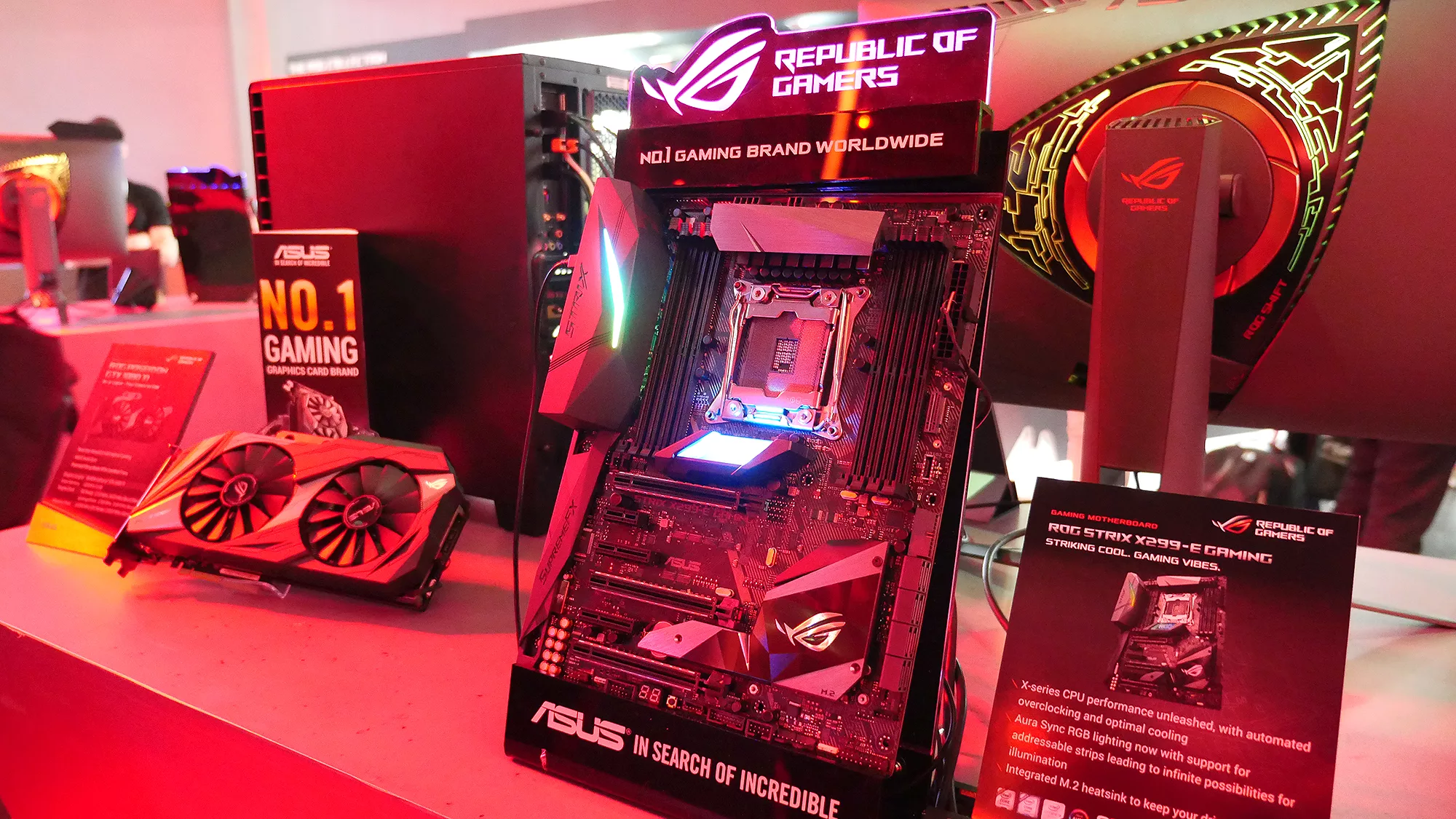
Experience ROG at Computex 2017
Let us bring you to Computex 2017, for one of the most important events of the year for ROG.

The Maximus IX Code and Strix GTX 1080 anchor a beautiful enthusiast build
We built a beautiful machine based on the Maximus IX Code and Strix GTX 1080. See it in all its glory.








